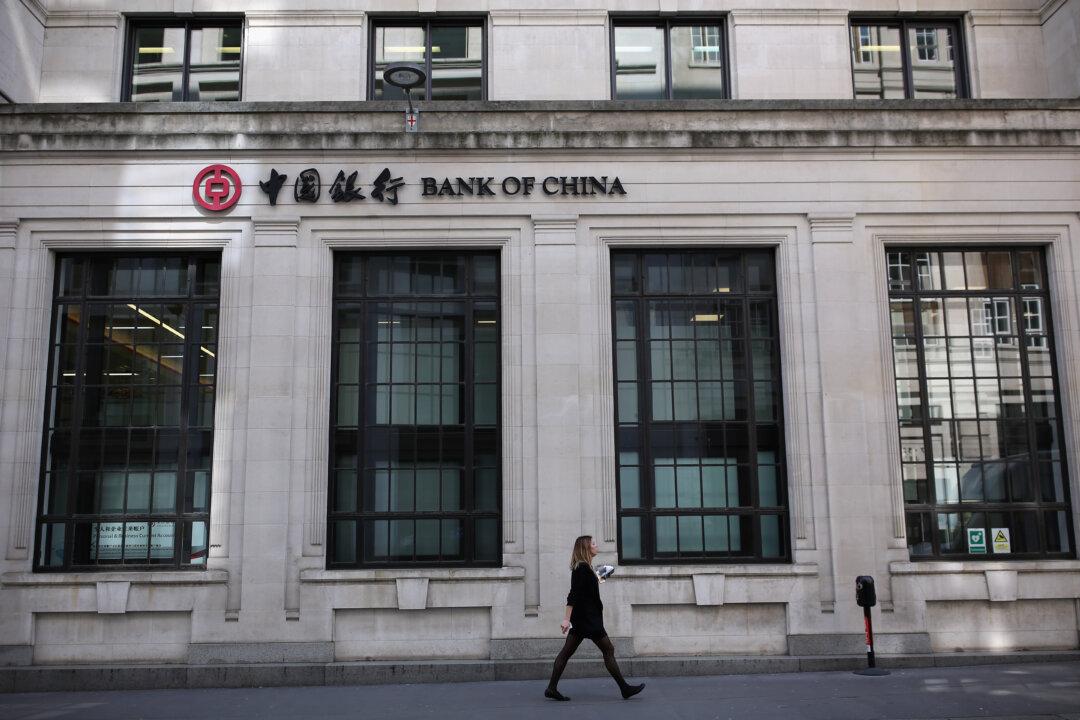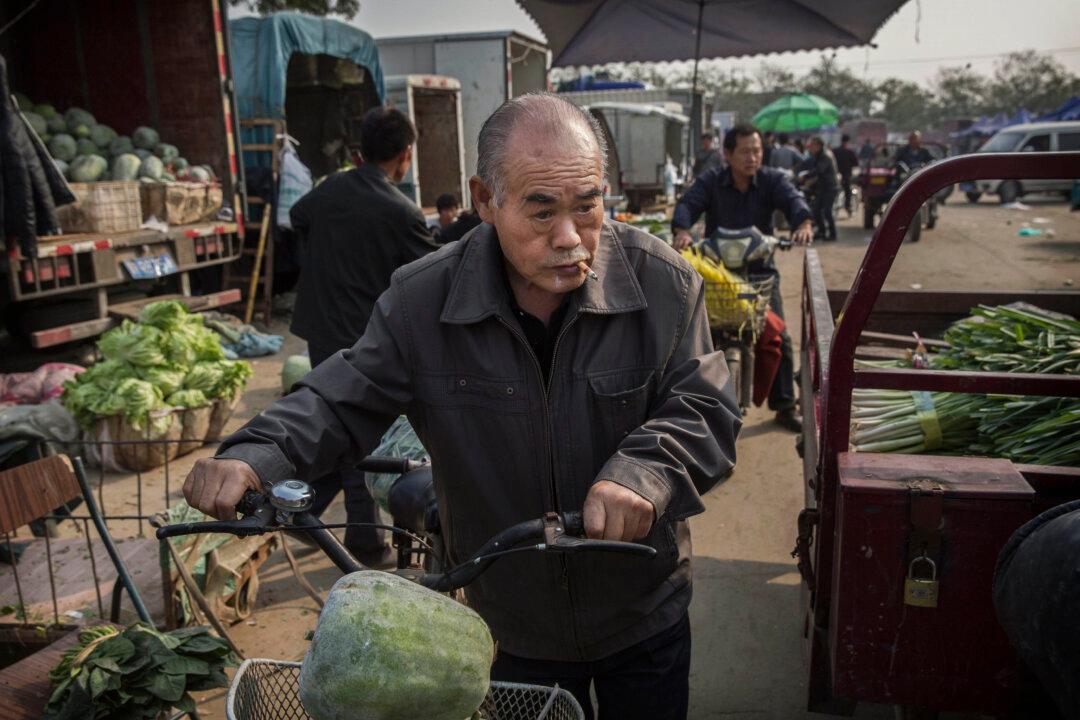In an effort to curb runaway real estate prices, major banks in Australia—a popular destination for Chinese real estate investors—have stopped lending to foreign property buyers without domestic income.
Enter Bank of China, China Construction Bank, and the Industrial and Commercial Bank of China. Chinese purchases of Australian real estate barely skipped a beat, as local branches of Chinese banks have stepped in to fill the gap.
Chinese banks are following their corporate and retail clients by expanding abroad, bucking a global banking industry trend of retrenching.
However, compliance and regulatory obstacles could slow their ambitions. And despite recent gains, their overall global footprint is unlikely to challenge current market leaders in the near future.
According to data from China’s Ministry of Commerce, China’s outward direct investment (ODI) rose to $103 billion between January and July 2016, a 61.8 percent increase from the same period last year.
The United States and Germany were the most popular destinations for Chinese foreign investment, driven by major corporate mergers and acquisitions.
Chinese domestic banks are attempting to ride this wave. At the end of 2015, more than 20 Chinese banking organizations had set up 1,300 locations across 59 countries and territories, according to data from Bank of China.
“Chinese banks’ overseas loans increased by more than $600 billion since 2010 to reach near $1 trillion at the end of 2015, and are likely to grow further with the government’s support for companies’ ‘go global’ policies,” wrote the IMF in an August report “China’s Growing Influence on Asian Financial Markets.”






